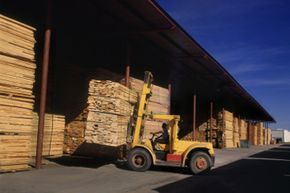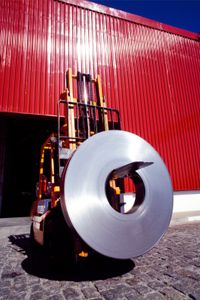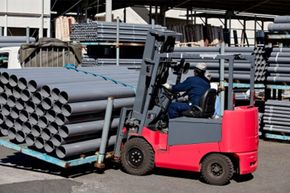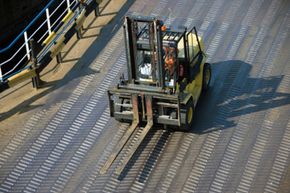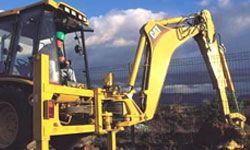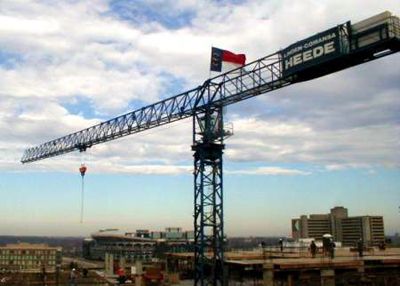Most of us probably have a general idea of what a forklift is, but there are a number of different classifications, power sources, sizes, uses and new technologies that make up these useful machines. Some are used on rugged construction sites and lift heavy materials and equipment while other forklifts drive themselves inside modernized warehouses. Whether indoors or out, forklifts are a necessary tool in most warehouses and an integral part of our industries.
Forklifts might seem more industrial than inventive, but consider that they're typically the size of a small car yet they can lift loads that are thousands of pounds, often several stories into the air, all without tipping over. These machines work long hours each day lifting and moving heavy loads to keep our manufacturing, automotive, aerospace and other industries humming along.
Advertisement
Forklifts have been around for nearly 100 years and they continue to make our jobs more efficient just as much as they did when they were invented. Whether they're forklifts that use batteries, liquid propane, hydrogen fuel cells or another power source, without these machines we wouldn't be able to build, ship or move manufactured goods efficiently.
On the next few pages we'll learn how the forklift was invented, why it became popular, what the basic parts of a forklift are and what new technologies are changing forklifts for the better. If you've never been interested in forklifts before, you'll see that there's a lot more to these machines than you may have initially thought.
Advertisement
